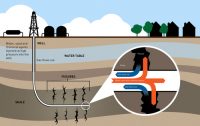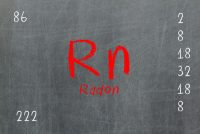Hydraulic Fracturing—5 Reasons to Consider Wastewater Recycling
Hydraulic Fracturing—5 Reasons to Consider Wastewater Recycling 1) Hydraulic fracturing requires the use of millions of gallons of freshwater per well. Although hydraulic fracturing water volumes vary across the United States, a single well generally requires the use of one million to five million gallons of water, and the U.S. Department of Energy notes that […]










